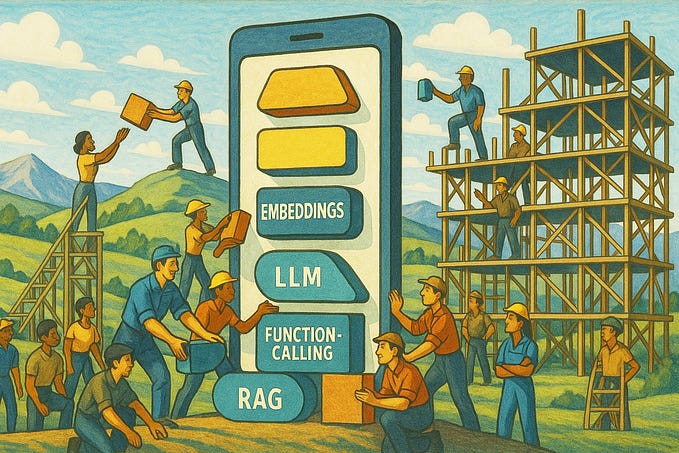Member-only story
What Color Is Your Name? A New Synesthesia Tool Will Show You.
Here’s your chance to see how people with synesthesia perceive letters and numbers

 For as long as I can remember, I’ve seen letters and numbers as colors. It’s a form of synesthesia called grapheme-color synesthesia, and for me, this translating from symbols to colors happens most often with names.
For as long as I can remember, I’ve seen letters and numbers as colors. It’s a form of synesthesia called grapheme-color synesthesia, and for me, this translating from symbols to colors happens most often with names.
When I meet new people, I forget their name immediately. Don’t get me wrong, I hear the name, but my mind is distracted. In my head, I am counting the number of letters in the name, and visualizing the colors of each letter.
Your name may be Emily, but to me, you’re a bright, sunny swath of five letters with an “E” and an “I.” When I meet you again later, I may think your name is Emily or Jille or Ellie. Those three names “look” remarkably similar to someone who operates as I do — they all have five letters, they all include the letters “i,” “l,” and “e.”

What is synesthesia?
Synesthesia is a rare sensory trait shared by about 4% of the population, and it comes in many forms. People who “see” or associate letters and numbers with specific colors have grapheme-color synesthesia, and it’s the most common form. Other forms of synesthesia involve seeing or feeling musical notes as colors or textures, having visualized representations of time, and in rare cases, even tasting words.
After many years of struggling to describe my synesthesia visually, I created a website called Synesthesia.Me. It features simple geometric portraits of these color combinations. The specific renderings are based on my own unique synesthesia color alphabet. Every synesthete’s color alphabet is unique, although there are certain universal matches for specific letters. For example, red is often cited as a common color for the letter A.
What I love most about this project is that it allows me to see not just the individual letters, but actual composed illustrations of names I hear every day. As I was building the site, I was repeatedly struck by how “right” the names…










